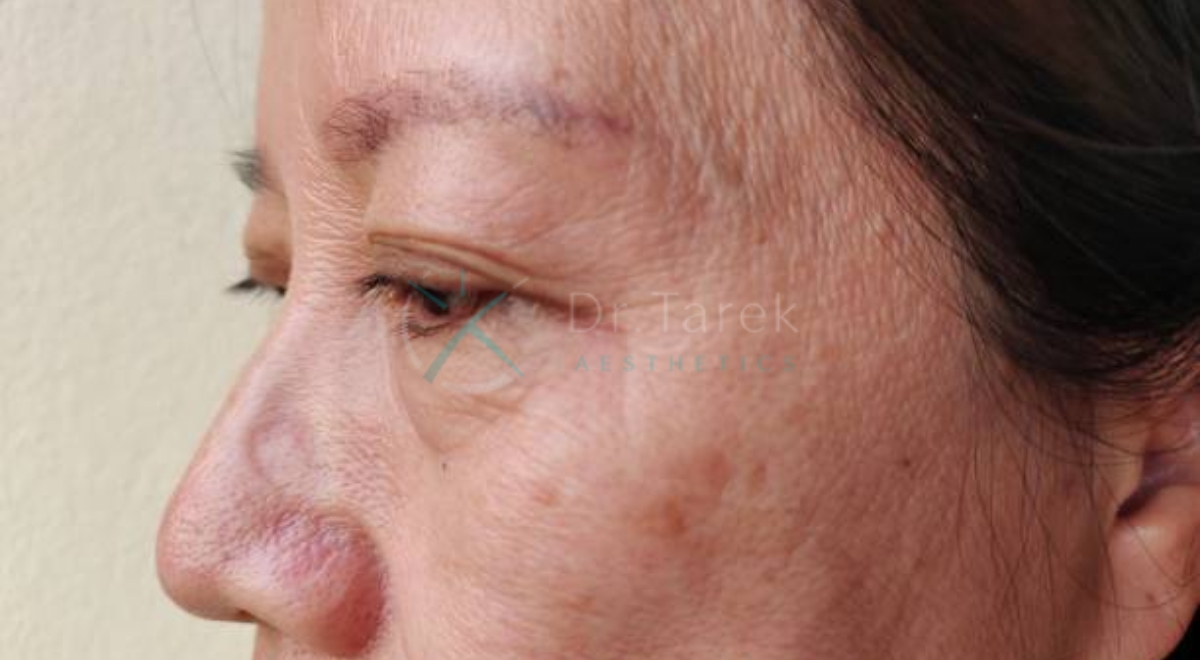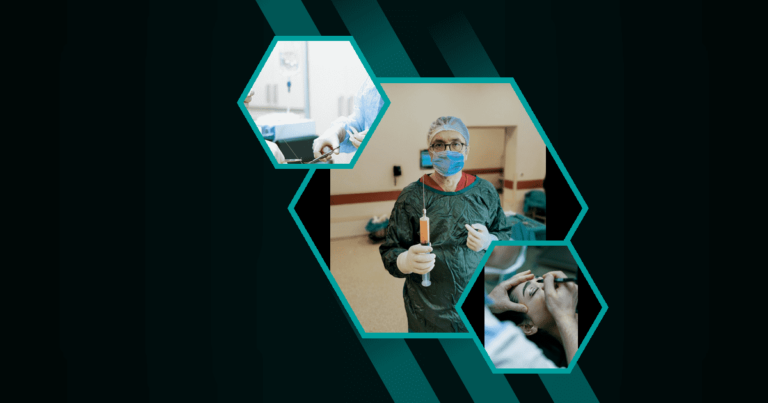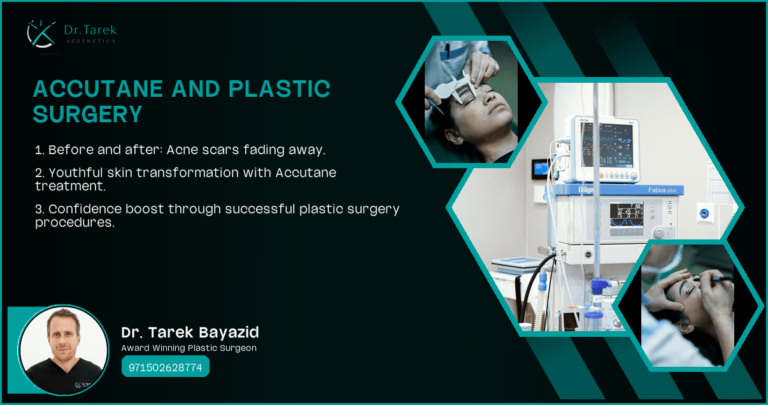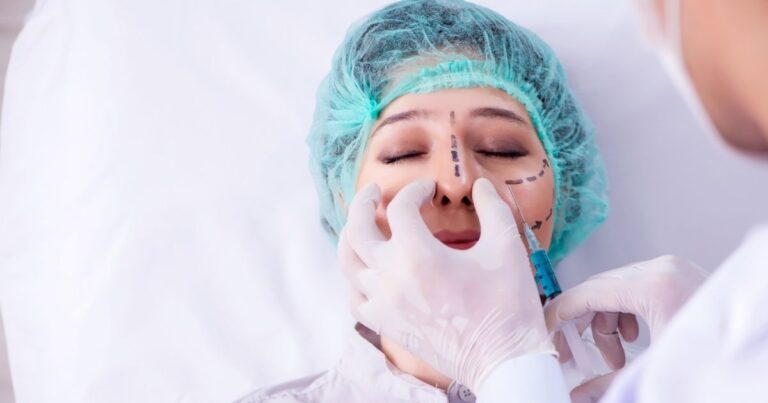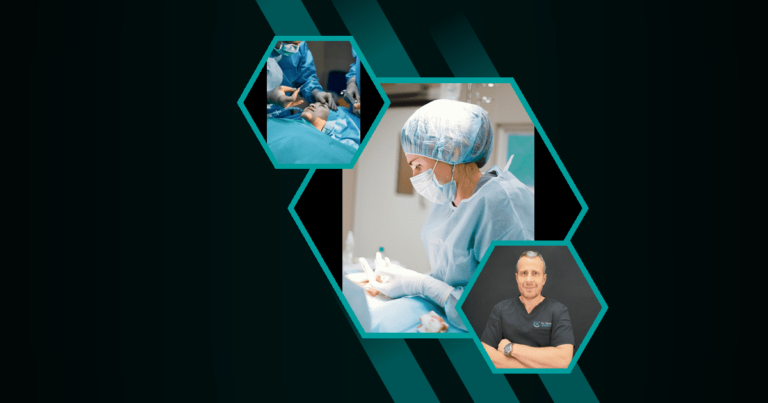Understanding Swelling Face After Nose Surgery
Swelling is a common and expected side effect following nose surgery, also known as rhinoplasty. Patients need to understand the causes, duration, and management of facial swelling to ensure a smooth recovery process.
Causes of Swelling After Nose Surgery
Swelling after nose surgery is a natural response of the body to trauma. When the nasal tissues are manipulated during surgery, the body’s inflammatory response is triggered, leading to fluid accumulation in the surrounding areas.
Tissue Manipulation
During rhinoplasty, the surgeon manipulates various nasal structures, including bone, cartilage, and soft tissue. This manipulation causes trauma to the tissues, resulting in swelling.
Blood Vessel Dilation
The body’s healing process involves increased blood flow to the surgical site, causing blood vessels to dilate and contribute to swelling.
Book A Consultation With Dr Tarek Bayazid
Top-rated Plastic Surgeon For Plastic Surgery in Dubai
Installment Plan Available
Fluid Retention
As part of the healing process, the body retains fluid in the affected area, leading to visible swelling in the face and around the nose.
Common causes of swelling:
- Surgical trauma
- Inflammatory response
- Increased blood flow
- Fluid retention
How Long Does Swelling Last?
The duration of swelling after nose surgery varies from patient to patient and depends on several factors. Generally, patients can expect the following timeline:
Immediate Post-Surgery Period
Swelling is most pronounced in the first 24-72 hours after surgery. During this time, patients may experience significant facial puffiness and bruising.
First Few Weeks
The majority of visible swelling typically subsides within the first 2-3 weeks post-surgery. However, some residual swelling may persist.
Long-Term Resolution
Complete resolution of swelling can take several months to a year. Subtle changes in the nasal appearance may continue to occur during this time as the tissues settle.
| Timeline | Swelling Status |
| 24-72 hours | Most pronounced |
| 2-3 weeks | Majority subsides |
| 3-6 months | Gradual improvement |
| 1 year | Complete resolution |
Tips to Reduce Swelling 
Patients can take several steps to help minimize swelling and promote a faster recovery after nose surgery.
Elevation
Keeping the head elevated, especially during sleep, can help reduce fluid accumulation in the face and promote drainage.
Cold Compresses
Applying cold compresses to the cheeks and eyes (not directly on the nose) can help constrict blood vessels and reduce swelling.
Medication
Following the surgeon’s prescribed medication regimen, which may include anti-inflammatory drugs, can help manage swelling and discomfort.
Dietary Adjustments
Consuming a low-sodium diet and staying well-hydrated can help minimize fluid retention and promote healing.
Swelling reduction tips:
- Keep head elevated
- Use cold compresses
- Take prescribed medications
- Follow a low-sodium diet
- Stay hydrated
Choosing the Right Plastic Surgeon for Face Lift
Selecting the right plastic surgeon for a facelift is crucial for achieving optimal results and ensuring patient safety. Consider the following factors when making your decision.
What to Look for in a Plastic Surgeon
When searching for a plastic surgeon for a facelift, it’s essential to evaluate their qualifications, experience, and expertise in facial procedures.
Board Certification
Ensure the surgeon is board-certified by a recognized plastic surgery board. This certification indicates that the surgeon has undergone rigorous training and meets high standards of practice.
Specialization in Facial Procedures
Look for a surgeon who specializes in facial plastic surgery, particularly face lifts. Specialization often translates to more experience and refined techniques.
Before and After Portfolio
Review the surgeon’s before and after photos of previous facelift patients. This can give you an idea of their aesthetic style and the quality of their work.
Key factors to consider:
- Board certification
- Specialization in facial procedures
- Extensive before and after portfolio
- Years of experience in facelift surgery
Questions to Ask During Your Consultation
Preparing a list of questions for your consultation can help you gather important information and make an informed decision.
Surgical Approach
Ask about the surgeon’s preferred facelift technique and why they recommend it for your specific case.
Recovery Process
Inquire about the expected recovery timeline, potential complications, and post-operative care instructions.
Facility Accreditation
Ensure the surgery will be performed in an accredited surgical facility with proper safety protocols in place.
| Question Category | Sample Questions |
| Surgical Technique | What type of facelift do you recommend for me? |
| Experience | How many facelifts have you performed? |
| Recovery | What is the typical recovery time for your patients? |
| Risks | What are the potential complications of facelift surgery? |
Importance of Board Certification 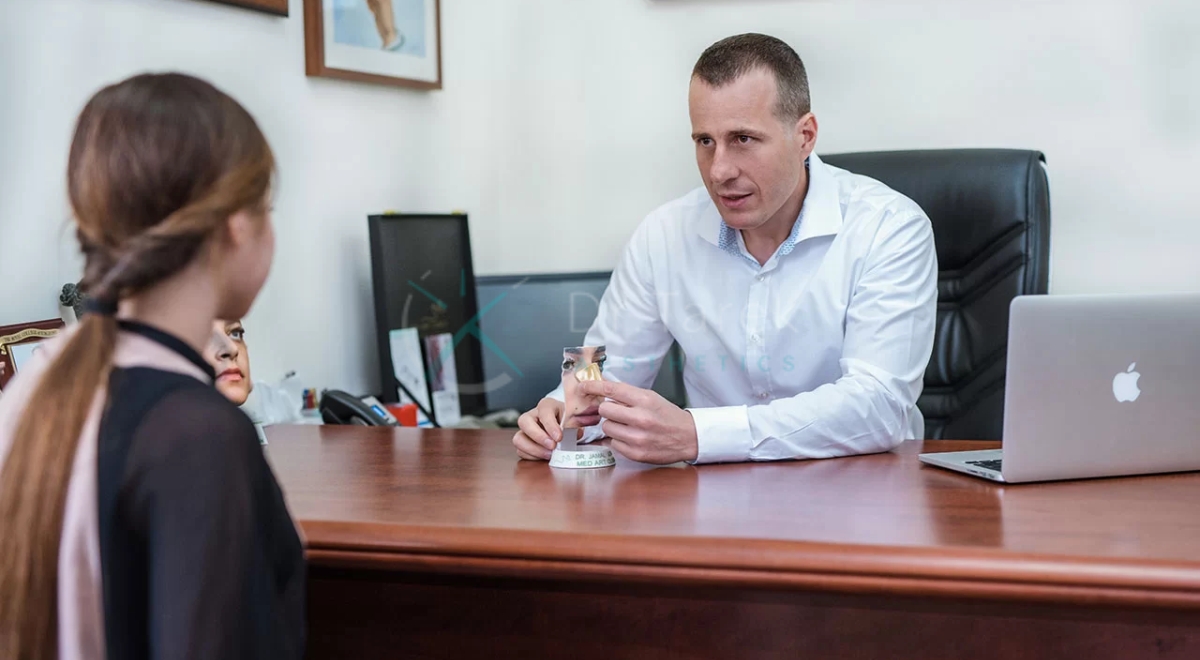
Board certification is a crucial factor to consider when choosing a plastic surgeon for a facelift.
Rigorous Training
Board-certified plastic surgeons have completed extensive training in plastic surgery, including a residency program and often additional fellowships.
Ongoing Education
Board certification requires surgeons to participate in continuing education, ensuring they stay up-to-date with the latest techniques and safety standards.
Ethical Standards
Board-certified surgeons adhere to a strict code of ethics, prioritizing patient safety and well-being.
Benefits of choosing a board-certified surgeon:
- Extensive training and expertise
- Commitment to ongoing education
- Adherence to ethical standards
- Higher likelihood of satisfactory results
Evaluating Online Reviews and Testimonials
Online reviews and patient testimonials can provide valuable insights into a surgeon’s reputation and patient satisfaction rates.
Multiple Review Platforms
Check reviews across various platforms, including Google, RealSelf, and Healthgrades, to get a comprehensive view of patient experiences.
Balanced Perspective
Look for a mix of positive and negative reviews to gain a balanced understanding of the surgeon’s strengths and potential areas for improvement.
Specific Details
Pay attention to reviews that provide specific details about the patient’s experience, results, and interactions with the surgeon and staff.
| Review Aspect | What to Look For |
| Overall Rating | Consistently high ratings across platforms |
| Patient Satisfaction | Comments on results and overall experience |
| Communication | Feedback on surgeon’s ability to explain procedures |
| Staff Interaction | Reviews mentioning professionalism of office staff |
Scheduling a Consultation with Dr Tarek
Once you’ve narrowed down your options, scheduling a consultation with Dr Tarek is an essential step in your journey towards facial rejuvenation.
Preparation
Before your consultation, prepare a list of questions and gather any relevant medical records or photos to discuss with Dr Tarek.
Open Communication
During the consultation, be open and honest about your goals, concerns, and medical history to ensure Dr Tarek can provide the most appropriate recommendations.
Comfort Level
Pay attention to how comfortable you feel with Dr Tarek and their staff. A good rapport is crucial for a positive surgical experience.
Consultation checklist:
- Prepare questions in advance
- Bring relevant medical records
- Discuss your aesthetic goals openly
- Evaluate your comfort level with the surgeon
- Ask about potential risks and complications
Plastic Surgeon Face Lift Techniques
Facelift techniques have evolved significantly over the years, offering patients a range of options to address their specific concerns and desired outcomes.
Traditional Face Lift
The traditional facelift, also known as a full facelift, is a comprehensive approach to facial rejuvenation.
Incision Placement
Incisions typically begin at the temples, extend around the ear, and end in the lower scalp. This allows access to deeper facial structures.
SMAS Manipulation
The Superficial Musculo-Aponeurotic System (SMAS) is tightened and repositioned to address sagging in the mid-face and jowls.
Skin Redraping
Excess skin is removed, and the remaining skin is redraped for a smoother, more youthful appearance.
Key aspects of traditional facelift:
- Comprehensive facial rejuvenation
- Addresses mid-face, jowls, and neck
- Longer-lasting results
- A more extensive recovery period
Mini Face Lift
A mini facelift is a less invasive alternative to the traditional facelift, suitable for patients with mild to moderate signs of ageing.
Limited Incisions
Incisions are typically shorter and may be confined to the area around the ears, resulting in less visible scarring.
Focused Treatment Areas
Mini facelifts primarily target the lower face and jowls, with less emphasis on the neck area.
Quicker Recovery
Due to its less invasive nature, mini face lifts generally have a shorter recovery period compared to traditional facelifts.
| Aspect | Traditional Face Lift | Mini Face Lift |
| Incision Length | Longer | Shorter |
| Treatment Areas | Face and neck | Lower face and jowls |
| Recovery Time | Longer | Shorter |
| Result Longevity | Longer-lasting | May require touch-ups sooner |
Non-Surgical Face Lift Options
For patients seeking facial rejuvenation without surgery, several non-surgical options are available.
Injectable Treatments
Dermal fillers and neuromodulators like Botox can temporarily reduce wrinkles and restore volume to the face.
Thread Lifts
Absorbable sutures are used to lift and tighten sagging skin, providing a subtle lifting effect.
Energy-Based Treatments
Ultrasound and radiofrequency devices can stimulate collagen production and tighten skin without incisions.
Non-surgical face lift options:
- Injectable fillers and neuromodulators
- Thread lifts
- Ultrasound and radiofrequency treatments
- Laser skin resurfacing
- Microneedling with PRP
Preparing for Your Face Lift Surgery
Proper preparation is key to ensuring a smooth surgical experience and optimal results from your facelift procedure.
Pre-surgery consultation with Dr Tarek
The pre-surgery consultation is a crucial step in preparing for your face lift surgery.
Medical History Review
Dr Tarek will thoroughly review your medical history to identify any potential risks or contraindications for surgery.
Customized Treatment Plan
Based on your goals and facial anatomy, Dr Tarek will develop a personalized surgical plan tailored to your needs.
Expectations Management
Discuss realistic expectations for your results and any limitations of the procedure to ensure you’re fully informed.
Key components of pre-surgery consultation:
- Comprehensive medical history review
- Physical examination of facial structures
- Discussion of surgical techniques
- Review of potential risks and complications
- Explanation of pre and post-operative instructions
